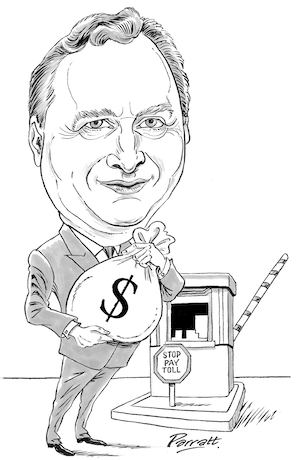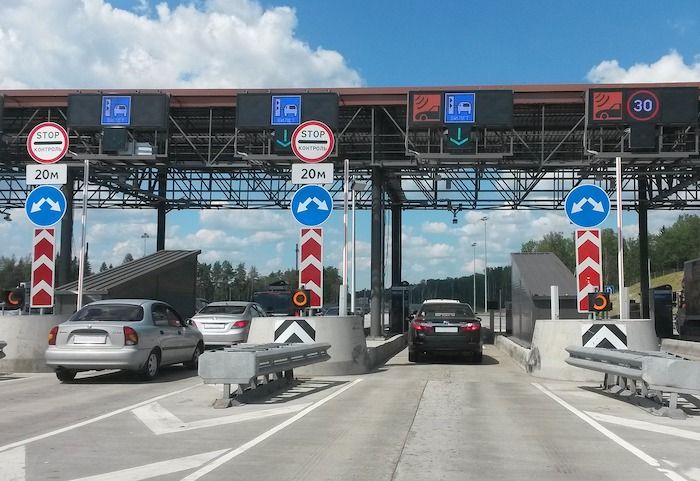Tolling has been the tool with which our nation built the infrastructure needed to develop and expand our economy.
The first major toll road in the USA was the Philadelphia and Lancaster Turnpike, built in the 1790s. The owners of this road included stagecoach companies, miners and ranchers, who relied on the road to protect their investments and attract business to grow economic activity.
But generally the growth of tolling has been precipitated by the need to pay for needed infrastructure.
The development of major infrastructure has always been popular. Tolling? Not so much. To improve public acceptability, toll operators have often been the first to try new business rules, methods, procedures and technologies to keep pace with changing consumer tastes. Toll road providers know how to keep traffic moving while ensuring that everyone pays their fair share.
In 1959, when we were still forcing vehicles to stop in the middle of highways to collect coins in baskets or cash in toll booths, Nobel Prize recipient William Vickrey proposed a system of electronic tolling for the Washington Metropolitan area. This was then followed by the first RFID electronic toll collection system in the USA on the Dallas North Tollway in 1989 and the first fully automated toll highway in the world was in Ontario on the 407 ETR in 1997. These advances were extremely popular and have been broadly adopted across North America over the past 20 years.
 Today, with free-flowing traffic under our gantries, tolling is providing an even easier way for payments to be collected and has become ever more popular.
Today, with free-flowing traffic under our gantries, tolling is providing an even easier way for payments to be collected and has become ever more popular.
However, ‘tolling’ is now part of a broader mobile payments framework.
We are moving into a world where electronic toll infrastructure can be part of in-vehicle payment systems used for other things such as parking and fast food. Large private companies want to participate.
In recent months several large companies have announced investments in in-car payment systems – some are already automotive players, while others are outsiders keen to enter this lucrative market (Waze/Google, Apple).
These companies are following consumer preferences in retail payment services and technologies. Even big retail stores are eliminating cashiers in favor
of mobile apps to pay for purchases. Toll operators, as part of this larger consumer payments framework, will have to follow suit. We will have to accept multiple payment systems provided by multiple private companies’ back offices and payment services. Toll facilities will become another guaranteed payment point-of-sale, not unlike most retail establishments, where payment and collection are handled through an outside company.
The toll industry can leverage this pool of payment channels to reduce fixed operations costs and offer customers more. These changes offer the chance for more retail services, more autonomous and connected vehicles, and other prospects not yet envisioned.
The toll industry does not have a choice whether or not to jump into this pool, only whether to jump in the shallow end now or wait and get pushed into the deep end.





